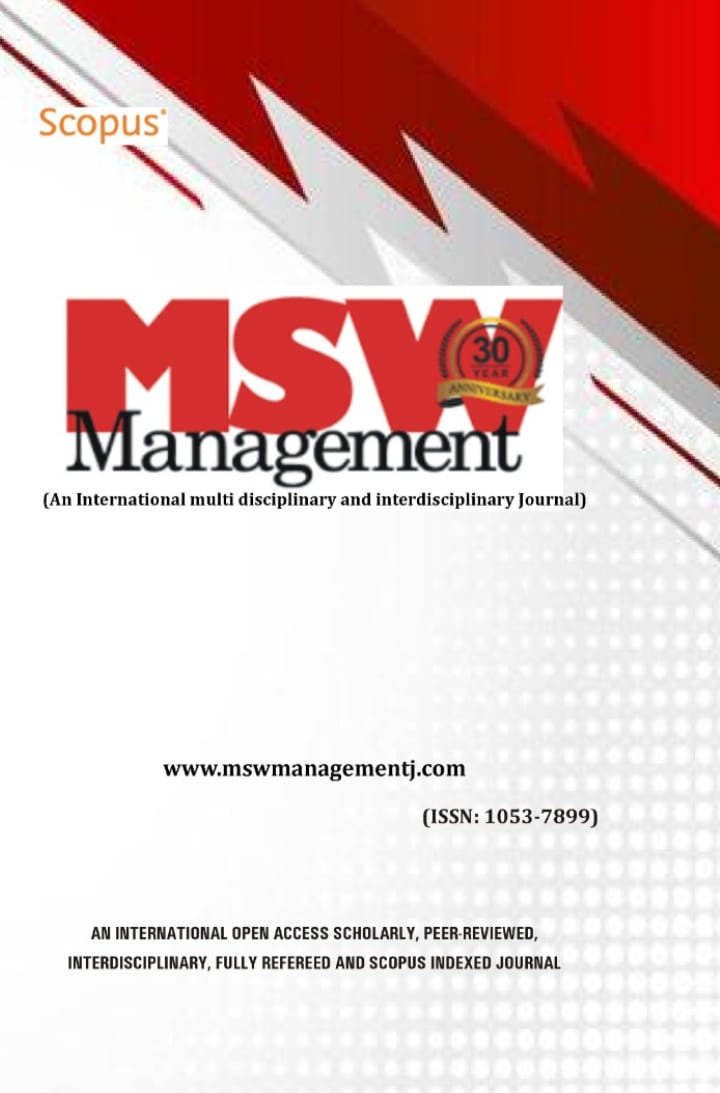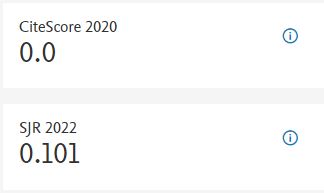Analyzing Inter-District Disparities in Economic and Social Infrastructure in Haryana and Punjab: A Comparative Study
DOI:
https://doi.org/10.7492/jkbegh95Abstract
This study aims to identify advanced and backward districts in Haryana and Punjab by analyzing disparities in selected economic and social infrastructure indicators over the past two decades. Utilizing the Coefficient of Variation (CV) as the primary statistical tool, the research compares the variability of infrastructure development across districts, focusing on metalled road length, number of post offices and educational facilities. Data from various statistical abstracts reveals significant inter-district disparities in both states. In Haryana, advanced districts such as Kaithal and Ambala show consistently high metalled road lengths per population and area, while backward districts like Faridabad and Gurugram exhibit significant declines. The number of post offices per lakh of population also highlights disparities, with some districts showing reductions over time. Educational infrastructure analysis indicates uneven distribution, with advanced districts like Faridabad and Yamunanagar showing substantial increases in school numbers, while backward districts like Sirsa and Hisar exhibit minimal growth. In Punjab, advanced districts like Rupnagar and Ludhiana demonstrate robust road infrastructure and a high number of post offices, whereas districts like Firozpur and Barnala lag behind. Disparities in educational infrastructure are also evident, with advanced districts showing better access to primary and middle schools compared to backward districts like Moga and Amritsar. Despite overall improvements in infrastructure, the study highlights the persistent and widening disparities, emphasizing the need for targeted policies to ensure balanced regional development and equitable access to resources.Downloads
Published
1990-2025
Issue
Section
Articles
How to Cite
Analyzing Inter-District Disparities in Economic and Social Infrastructure in Haryana and Punjab: A Comparative Study. (2024). MSW Management Journal, 33(2), 603-630. https://doi.org/10.7492/jkbegh95

















